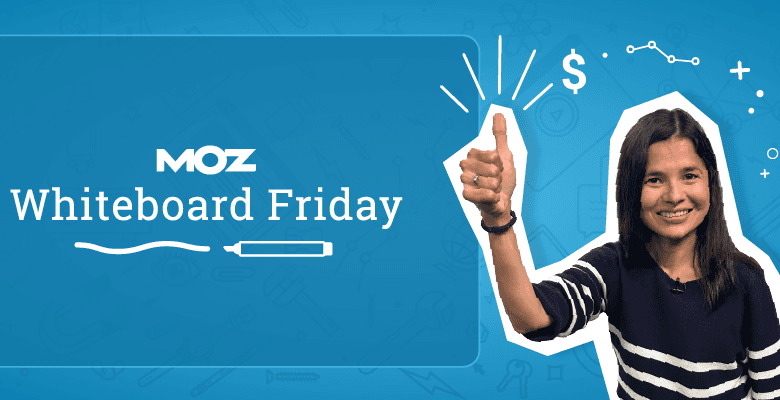
First tip, a radical top 10, high-impact action plan prioritization while using storytelling, a little bit leveraging that storytelling to connect better with stakeholders and decision makers who are going to reach our recommendations, right? And you might say, Aleyda, I already prioritize my recommendations. We all tend to do, let’s say, low-effort, high-impact prioritization, and that’s true. The issue is when we document our recommendations, we end up more or less, I will say, most of the times, including too much still, right, because we want to show that we have assessed everything, that we haven’t left anything else and we end up documenting whatever format of 30 pages, 40 pages, more than 50 pages. Who is going to read that? It’s very challenging, very difficult. Like, we don’t have time for that.
Also, even if we have time and understanding to go through it with stakeholders, resources are limited most of the time. So we need to simplify things. We need to actually select those top 10 high-impact actions that are doable, are feasible to implement this iteration right now, right, like not in six months, not in a year, right now, to eliminate noise, to show that we are not recommending whatever doesn’t work on the website, but those particular areas that we know that if we tackle, we are going to achieve results, the goals that we have set for our process, right? And for this, it is important that we explain the what. What is the issue, the challenge, the opportunity about this, what we can achieve with it in a way that decision-makers that are non-technical also understand, the why is this so critical, important towards the achievement of our goals and the how to do it, providing a couple of ways to achieve it.
So those collaborating with us in the development or content team have a little bit of room for exploring options here. But as you can see with this, we’ll be able to better communicate those different aspects and elements that are really, really, really key for the achievement of our goals.






